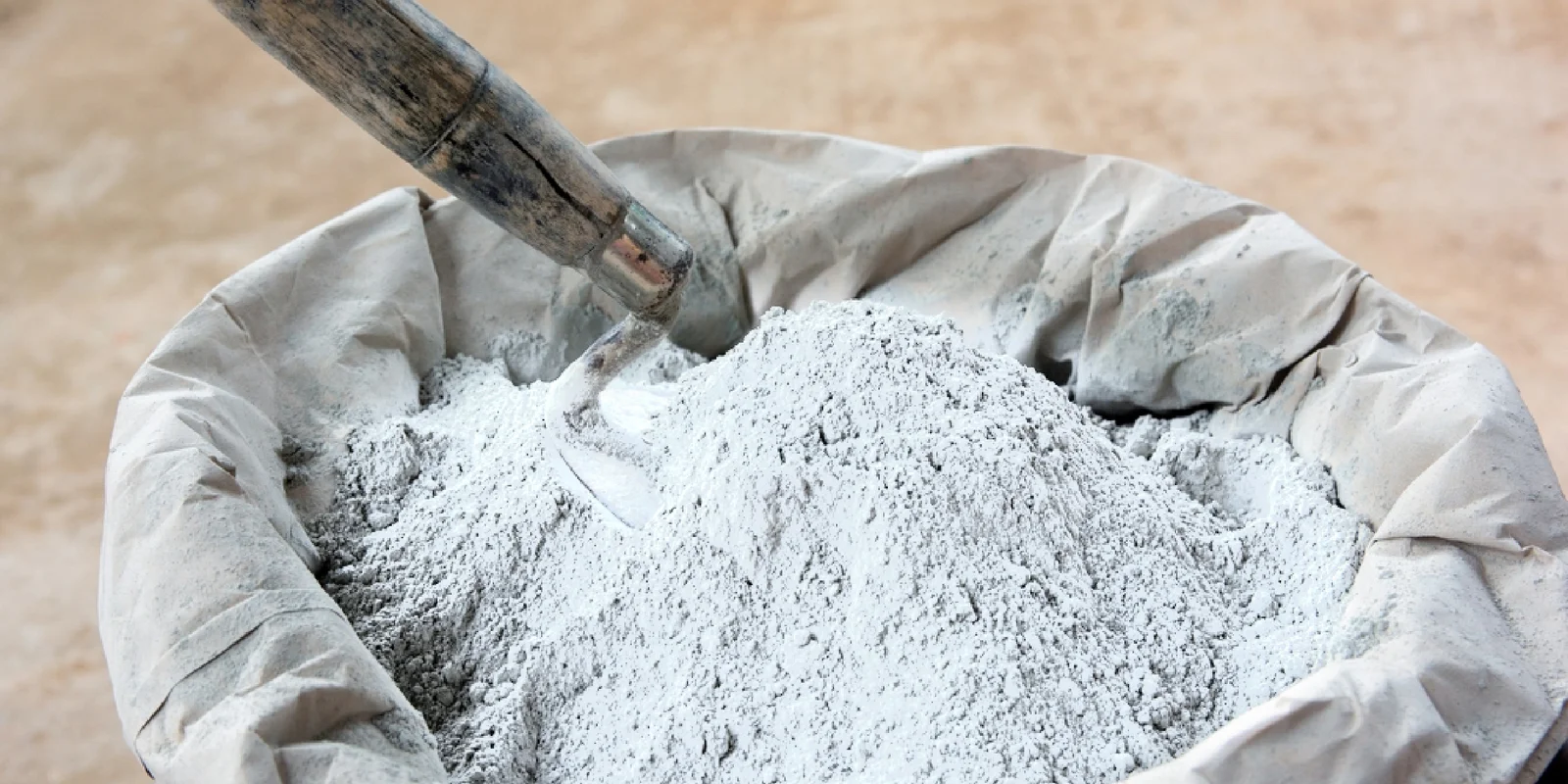Table of Content
Renowned for their sleek aesthetics and lasting resilience, granite floors stand out as a timeless and favored option among homeowners for home decor. Despite their easy maintenance, it is crucial to employ appropriate cleaning methods regularly to preserve their allure. Similar to many materials, granite is susceptible to wear from regular use, demanding careful attention to ensure its enduring quality. This article explores effective techniques for cleaning granite floors, offering optimal results, along with maintenance tips for additional care.
Basic cleaning technique
Granite floor needs to be cleaned gently to maintain its natural glossy appearance. You would require a soft broom or a vacuum cleaner, a mild cleaning solution, a soft clean cloth (preferably microfiber), warm water and sealant (if required) Here are the steps you can follow for regular cleaning for best results:
Also Read: How to clean marble surfaces?
Step 1: Remove loose dirt
Use a soft broom or a vacuum cleaner to remove the loose dirt and debris accumulated on the granite floor. This helps prepare the surface and avoid scratches or stains from the dirt for the eventual deep cleaning process.
Step 2: Use a mild cleaning solution
Mix a few drops of mild dish soap with warm water in a bucket to obtain a cleaning solution. You can also go for a commercial granite cleaner available in the market. In this case, ensure that the cleaner is pH-balanced and free of harsh chemicals and follow the instructions for proper dilution.
Step 3: Mop the floor
Soak a clean microfiber cloth in the cleaning solution and wring out the excess as overwetting might leave water stains on the floor. Mop the floor in small sections, gradually covering the whole space. Do not use excess water as standing water might penetrate the granite surface and weaken the foundation.
Step 4: Wipe dry
After mopping the floor using the solution, wipe it dry with a fresh microfiber cloth. This would help prevent streaks and water spots from leaving behind visible marks.
Step 5: Address stains
If there are any stains on the floor, promptly address them with the cleaning solution or take extra measures to get rid of them. Stay away from acidic or abrasive cleaners to avoid damaging the granite surface.
Step 6: Regular sealing
Granite flooring requires periodic resealing depending on the amount of traffic. While resealing, follow the manufacturer’s guidelines carefully and allow it to dry completely before using the floor.
Cleaning granite floors: Problems and fixes
While regular cleaning of granite floors, you might encounter problems that require specialised solutions and extra attention. Here is a brief guide to troubleshooting some common problems while cleaning:
Also Read: How to create a vertical garden in small spaces?
| Problem | Fix | |
| Stains | Spills of coloured liquids and similar substances | Address promptly by first blotting with a soft cloth or paper towel; apply a paste of baking soda and water to the stain, let it sit for a few hours and wipe away |
| Dull appearance | Hazy and dull appearance post cleaning | Use a pH-balanced cleaner and ensure proper rinsing; wipe any excess residue using a solution of water and vinegar and rinse thoroughly |
| Scratches | Marks from dragging furniture or abrasive cleaning | Use furniture pads while dragging heavy objects and avoid abrasive cleaning tools; use granite polish to restore appearance in case of small scratches |
| Water spots | Improper drying of floor can lead to appearance of water spots | Wipe the floor dry immediately after cleaning; use a soft, dry cloth to wipe off water spots; for stubborn spots, use a mixture of equal parts vinegar and water |
| Etching | Spills of acidic substances can etch the granite surface | Prevention is the key, avoid using acidic cleaners and clean any excess or spills promptly; consult a professional for restoration |
| Residue buildup | Residue from cleaners might accumulate over time | Use a pH-balances cleanup and rinse the floor thoroughly; mop with warm water occasionally to remove built-up residue |
| Sealant issues | The sealant used might wear off and lead to reduced stain resistance | Inspect the condition of the sealant and reapply as required; follow the manufacturer’s instruction for proper application and drying |
| Cracks or chips | High-traffic areas might develop cracks and chips over time | Consult a professional for proper assessment and repair of cracked granite |
Regular maintenance tips
Alongside specialised cleaning to address problems, regular maintenance of the granite floor is important to ensure longevity and resist wear. Here are some simple tips you can follow for regular maintenance of granite floors:
- Regularly sweep or vacuum the floor to get rid of loose dirt such as dust and debris. This also helps prevent scratches in the cleaning process further.
- Promptly address any spills that might occur to prevent staining. Use a soft cloth or paper towel to blot the spill instead of vigorously wiping it.
- Use pH-balanced cleaners or mild soap solution with warm water for regular cleaning. Acidic or abrasive cleaners can reduce the lifespan of the granite.
- Using harsh chemicals like bleach can erode the sealant and harm the material. Go for cleaners specially formulated for granite for best results.
- Use a clean, soft cloth, preferably microfibre, for cleaning. Abrasive materials can scratch the surface.
- Regularly inspect the sealant coating and reapply as required or recommended by the manufacturer. This helps maintain the material’s resistance to stone and moisture.
- Place mats and rugs at the entrance to trap dirt and minimise it from tracking onto the floor and place coasters under furniture to prevent scratches from dragging.
- Lift heavy furniture and appliances instead of dragging to prevent scratches on the floor.
- Periodically deep clean the surface using an appropriate cleaner to remove any buildup and residue accumulated from regular cleaning.
- Avoid contact with acidic substances and harsh chemicals and clean up such spills promptly to prevent etching.
- Regularly inspect for damage like cracks and chips and promptly seek professional guidance to prevent further damage.
- Get the floor periodically inspected and polished by a professional to maintain its appearance and timely address potential problems.
Also Read: How to resolve water leakage from roof?







_1767769068.webp)





Ans 1. It is advisable to use a pH-balanced cleaner or a mild soap solution on granite floors. Harsh chemicals and cleaners can damage the material.
Ans 2. While daily sweeping or vacuuming is crucial, you can do a weekly deep cleaning and annual resealing for best results.
Ans 3. Despite being a natural cleaning agent, white vinegar is acidic and can cause etching on the granite surface. It is best used in moderation to address small problem areas.
Ans 4. Blot the stain with a soft cloth and apply a paste of baking soda on the affected area. Let it sit for a few hours and wipe away.
Ans 5. While the resealing frequency depends on the usage, it is recommended to reseal your granite floor annually or as specified by the manufacturer.